Don’t Use a Head Halter Unless You Have To: What You Need To Know
Simpawtico Dog Training does not recommend using head halters (sometimes called “head collars”) in dog training. Despite being marketed as a temperate management tool, they have the potential to cause long-term physical injury. They can also be very stressful for the dog, exacerbating unwanted behaviors, anxiety, and avoidance. Therefore, we only have clients use a head halter when it is a necessary—but temporary—aid during the training progression, after which we prefer to phase it out as quickly as possible. In almost every case, there are alternatives to a head halter that will better preserve your training and relationship with a dog.
WHAT IS A HEAD HALTER?
Let’s start by ensuring we’re on the same page with what we’re talking about.
A head halter is a piece of equipment that goes around a dog’s head and is used to control their movements. The most common configuration is when a loop goes around the dog’s muzzle, and another goes behind the head. A correctly fitted halter has a very snug strap at the back of the head. The leash attaches to a ring under the chin.
There are a few different brands of head halters, but they all work in basically the same way. Some of the most prevalent examples include:
- Gentle Leader™ by PetSafe
- The Halti™ by Halti brand
- Snoot Loop™ by Humboldt
- and numerous variations on these three by different brands
WHY ARE HEAD HALTERS USED?
Head halters are often used by dog owners who are looking for a way to control their dog while walking. They can help teach your dog to stop pulling on the leash and give you more control if your dog has too much energy or is reactive or aggressive on walks. They can also be used in other situations where you need to have more control over your dog’s movements, such as during veterinary exams or grooming.
Many trainers and behaviorists also use head halters as a training tool to help teach a dog new behaviors or to work on behavior issues. They’re even touted by veterinarians and behaviorists as comfortable, safe control.
We believe these are contentious claims.
THE POTENTIAL DANGERS OF USING A HEAD HALTER
For starters, head halters can be just as aversive or even more aversive than a prong collar for some dogs. Head halters tend to be intrusive for a lot of dogs. Some dogs, of course, wear them with no trouble. But I’ve seen many dogs go into suppressive shut-down states, thrash wildly against it, and exhibit signs of stress the same as they would with aversive training tools (e.g., learned helplessness, generalized inhibition, and flight responses).
Steps can be taken to habituate a dog to one, but this rarely happens, unfortunately. For many dogs, it’s an unpleasant experience that inhibits the kind of rich, interactive learning we strive for.
A HEAD HALTER DOESN’T TRAIN
A head halter also doesn’t teach a dog how to walk. It’s a management tool, and, like other training aids, it mainly just puts a lid on the parts that annoy the owner. Then, it becomes a crutch that metastasizes into a permanent solution. Quick control isn’t a substitute for training, but it’s very often used this way. Then you inadvertently create a dog that cannot walk politely without one.
AGGRAVATION TO A DOG’S NECK
For a dog that lunges or struggles with reactivity, there’s the possibility of cranking their spine and soft tissue repeatedly. Inflammation can induce lingering pain and affect mobility. Strain from a head collar in the upper cervical bones can put the head into unnatural extension and cause problems with swallowing and persistent neck pain.
AGGRAVATION TO A DOG’S HEAD
The tight interplay between the nose and head straps on the halter induces tension in the suboccipital region. This group of four short muscles is located at the back of the neck and assists with head extension at its junction point, making them postural stabilizers. These muscles become tense or “hypertonic” when under strain, leading to headaches from this pressure.
Head halters have been linked with Temporomandibular Joint (TMJ) disorders. “TMJ” is a medical issue affecting jaw joints and their surrounding muscle, ligaments, and tissue. Common symptoms include tenderness in the jaw area, consistent headaches/earaches, and aching pain around facial muscles.
The aforementioned complications identified with the upper cervical bones also connect to the hyoid apparatus—a scaffold of bones where the tongue and larynx are attached—which bridges swallowing and head alignment. Halter use can affect swallowing and vocalization.
Wearing a head halter for too long may negatively impact eyesight, smell, and hearing due to excessive pressure placed on the cranial nerves and the shifting of the bones in your dog’s skull.
Any experienced behaviorist will tell you that distress and pain can detrimentally affect behavior. Your dog could exhibit more of the behaviors you don’t like or even start expressing new ones. At the very least, the suppression of behavior isn’t a good long-term solution either, as it doesn’t lead to any functional learning to replace it.
AGGRAVATION TO A DOG’S NERVOUS SYSTEM
The vagus nerve, running from the canine brain to the distal intestine, comprises a crucial component of polyvagal theory. Head collars can disrupt its functioning and cause complications such as difficulties with swallowing, respiration, and heart rate regulation. This interference might even be responsible for disrupting a dog’s social engagement patterns or causing their defense mechanisms to come online.
To summarize, the persistent pressures exerted on different parts of the skeleton, musculature, and nervous system make for an experience akin to walking a barbed wire like a tightrope. It makes a dog less receptive and open to learning because they’re constantly trying to navigate the narrow area between safety and comfort. The appearance of “better behavior ” is simply the suppression of unwanted behaviors—the same result caused by supposedly more aversive methods.
BODY LANGUAGE SIGNS OF STRESS
It is important to be aware of the signs that a dog may display when they are stressed while wearing a head halter:
- Lowered head and neck.
- Panting before even working (after putting it on).
- Yawning, lip licking, crescent-moon eyes, and/or penis crowning.
- Stopping to scratch behind the ear or at the neck strap.
- Pawing or fussing at the halter.
- Tail tucked, ears back, and/or head low.
- Avoidance behaviors, trembling.
- Hyperarousal—dogs can manifest stress through energetic behavior. Jumping on you is a common expression.
- Gator rolling—this is real distress; get the head halter off of your dog immediately.
- Tonic immobility is a state of involuntary paralysis that an animal may enter when faced with extreme fear or intense stimulation. Get the head halter off your dog immediately if they freeze up.
If you see signs of stress in your dog, it is important to act swiftly and discontinue the activity. Take steps to help them feel safer.
ALTERNATIVES TO USING A HEAD HALTER
The ultimate goal is for a dog to develop confidence and self-control with as few control methods as possible. For owners that are being overpowered by their dogs, in most cases, we can achieve better safety and management in the interim with harnesses. A body harness with good chest support is one option for everyday use, although these generally make it more comfortable to pull.
FRONT-HOOK HARNESSES
A front-hook harness is the next best option for a vigorous and strong dog. A front-hook attachment converts oppositional energy into rotational energy, encouraging the dog to side-step and turn into the leash. This makes it a little easier for the handler.
Although front-hook harnesses can cause damage to the shoulders and spine over an extended period of time, these issues are far less severe than those caused by head halters. This gives owners and trainers a sizable window of opportunity to build relationship-based training methods that employ no force whatsoever. After this is done, safety measures, including a front-hook harness, may be gradually removed as needed.
Dogs are typically much more receptive to a front-hook harness over a head collar because they’re less intrusive. This allows owners to build trust with their dogs and nurture the relationship, which is key to successful training. So while some training may take longer than using a head halter, the results will be much more meaningful in the long run.
Front-hook connections should be phased out over time, anyway. Just like any kind of training aid, they’re not meant to be permanent solutions. The goal is to equip owners with the tools and knowledge they need to eliminate training aids altogether. We don’t want the front attachment to be a crutch any more than the head halter.
You can see which harnesses, collars, and leashes we recommend in our annual Buyer’s Guide.
HOW TO USE A HEAD HALTER CORRECTLY (IF YOU MUST)
In the rare cases that our students use a head collar, it’s a temporary safety and management tool when they’re being overpowered by a large and/or strong dog. Sometimes when things have really gone off the rails, it’s necessary to start here so we can repair the behavioral and interpersonal ruptures between the owner and their dog with safety layers in place. Even then, we work to get out of the halter quickly and onto less intrusive tools.
BEST PRACTICES
DO take time to habituate your dog to it before using it in a “real life” setting. Most “head halter training” is minimal and fast, with too much emphasis on just getting it on rather than helping reduce the dog’s instinctive resistance. Slow down. Behaviorist Chirag Patel has a super video on habituating your dog to any hardware they may need. You can see that HERE.
DO have a gentle touch with your handling—a tremendous amount of leverage is exerted on a dog’s entire body in a head collar setup. Please don’t abuse it. If someone hasn’t taken the time to hone their leash-handling abilities, then operating sophisticated and potentially damaging gear is unsuitable. Developing this skill serves as a vital requirement in any circumstance.
DO have an end goal in mind. Remember that no training equipment is intended to be a lifelong solution. To get positive results from your dog, you must first be clear on what you expect from them.
WHAT NOT TO DO
DO NOT give leash corrections through the head halter. Leash corrections are trash training anyway, but doing so through the halter can seriously injure your dog’s spine and jaw. That’s not to mention what it will do to your dog’s relationship with you and their perception of training.
DO NOT leave the head halter on your dog when you’re not walking. Take it off your dog when you get home.
DO NOT leave it on your dog unsupervised.
DO NOT use a head collar for behavior problems, especially for reactivity or aggression training. Using head halters in training dogs for reactivity or aggression is not an effective approach, especially when considering the science of polyvagal theory. The theory explains how neural regulation is necessary for any animal’s capacity to respond with flexible behavior rather than react with defensive action. This requires the dog to feel safe and calm while learning. When a halter is used, the fear and discomfort experienced by the dog can prevent them from being able to shift out of a fight-or-flight state to learn, ultimately making this type of training unsustainable.
Incidentally, unintentional effects on the nervous system are exactly why we don’t recommend prong collars, either.
Some trainers may tell you never to take off the head halter while your dog is fussing, warning that doing so will only reinforce their fussing. This approach communicates to your dog that their distress does not matter to you and does nothing but lock them into this unpleasant situation.
Thus, it’s best to either start with more habituation training or simply get rid of it altogether! If your dog is in distress, then ethically and humanely, you must attend to them.
JUST AVOID A GENTLE LEADER, HALTI, OR ANY OTHER
In conclusion, Simpawtico Dog Training does not recommend using head halters as a training tool. Despite being marketed as a gentle management tool, they have the potential to cause long-term physical injury and can be very stressful for your dog. Alternatives exist that will better preserve your training and relationship with a dog. If a head collar is considered, it should be done cautiously and only as a temporary aid during your training progression while alternative methods are explored.
Generally, we regard head collars the same way as any aversive training equipment: we do not use or recommend them, but if you come in with one, we’ll respect that that’s where you are in your training journey. We will, however, actively work to get your dog out of it as quickly as possible.
You can download our PDF of this article/statement for free: Head Halter Position Statement
REFERENCES:
Clothier, S. (2007). The Problem With Head Halters [web log]. https://suzanneclothier.com/article/problem-head-halters/.
Gross Torraca, D. (2017). Head Halters – Are They Worth It? [web log]. Wizard of Paws. https://www.wizardofpaws.net/head-halters-are-they-worth-it/.
Gross Torraca, D. (2019). Recognizing Pain in Dogs [webinar]. Aggression in Dogs Mastercourse. https://aggressivedog.thinkific.com/courses/take/pain/lessons/12210961-recognizing-pain-in-dogs-dr-debbie-gross-torraca.
Hambly, A. (2014). Gentle Leader Dog Leash—Potential Health Risks [web log]. White Tiger Natural Medicine. http://www.whitetigernaturalmedicine.com/craniosacral-therapy/gentle-leader-dog-leash-potential-health-risks.
Lindsay, S. R. (2005). Handbook of Applied Dog Behavior and Training, Volume Three: Procedures and Protocols. Blackwell Publishing. P. 391.
Porges, S. W. (2011). The Polyvagal Theory: Neurophysiological Foundations of Emotions, Attachment, Communication, and Self-Regulation. W.W. Norton & Company.


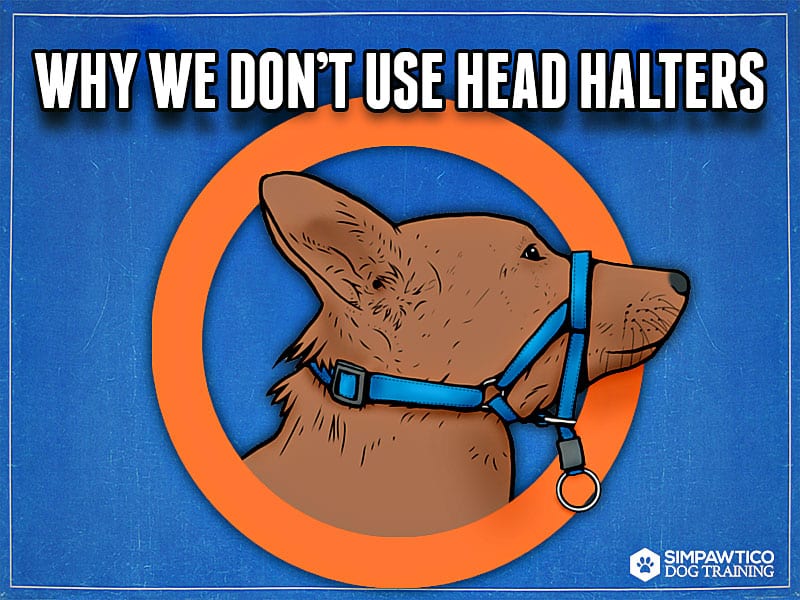
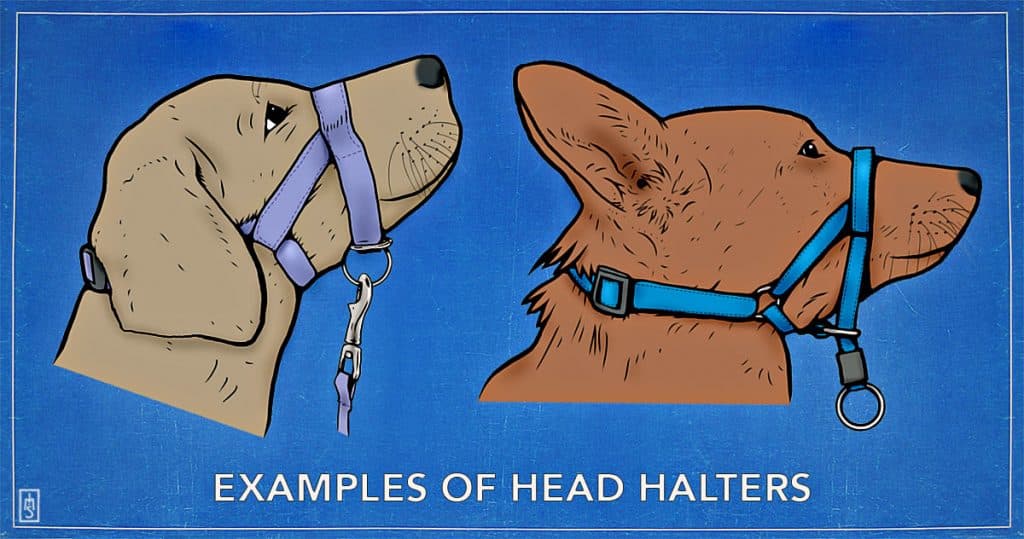
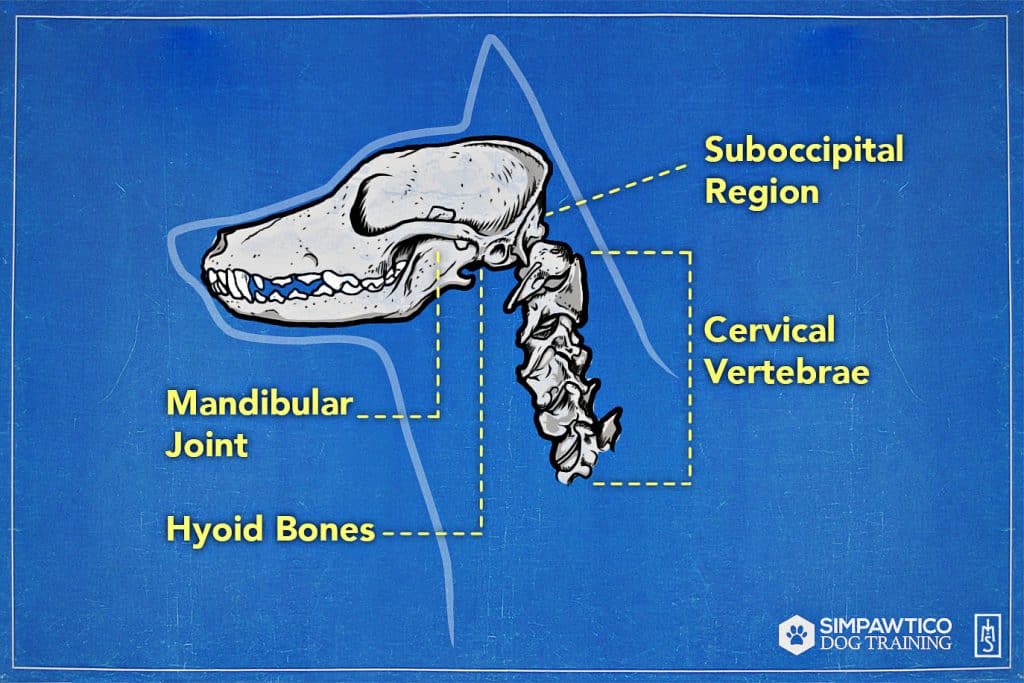
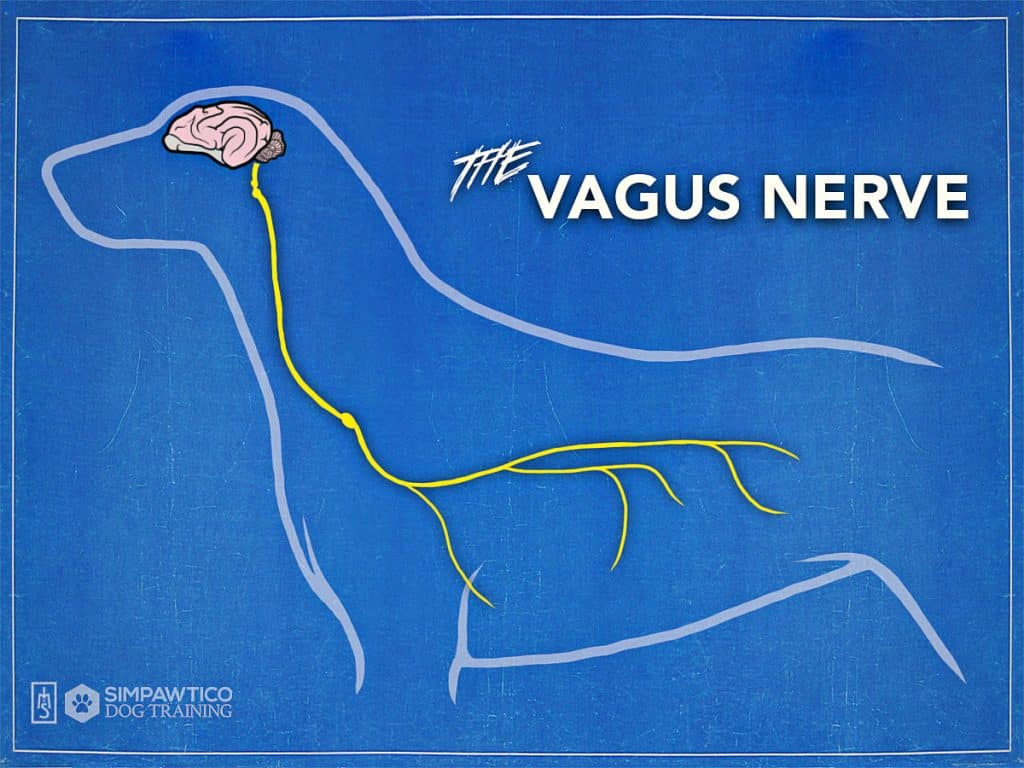
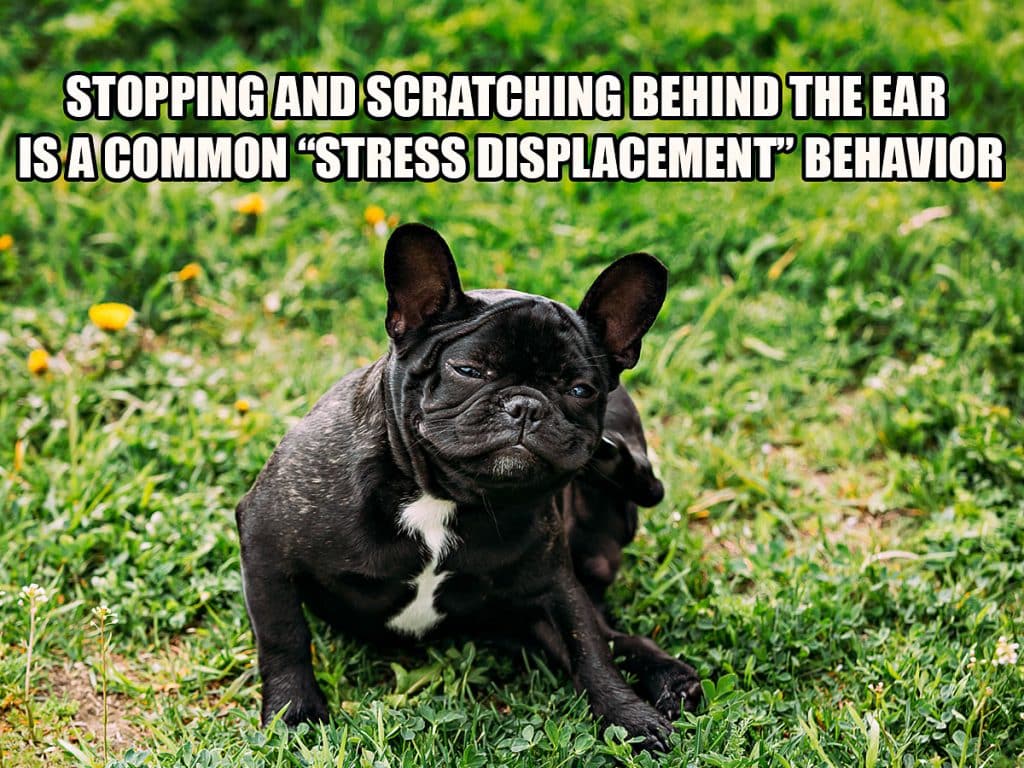
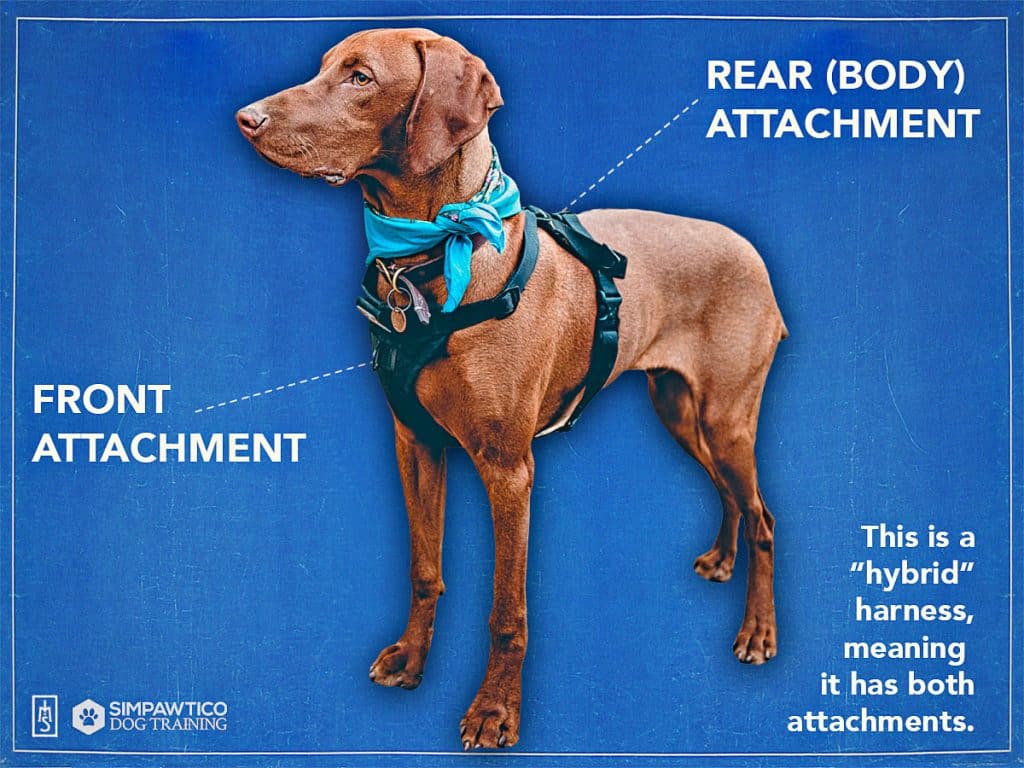
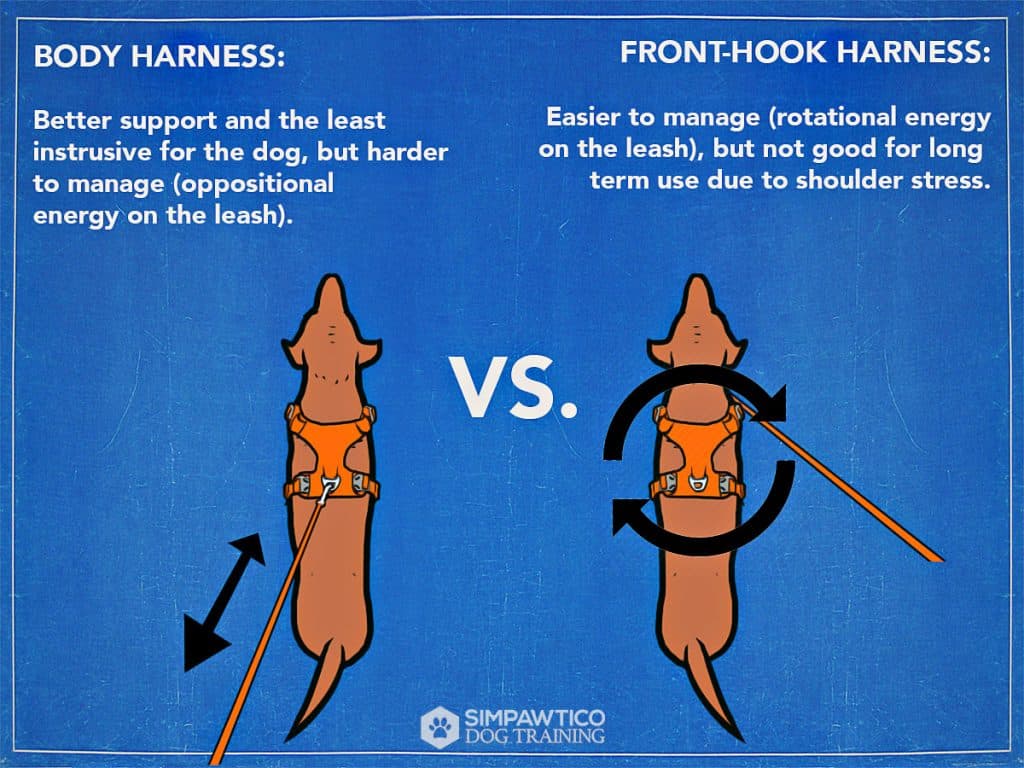

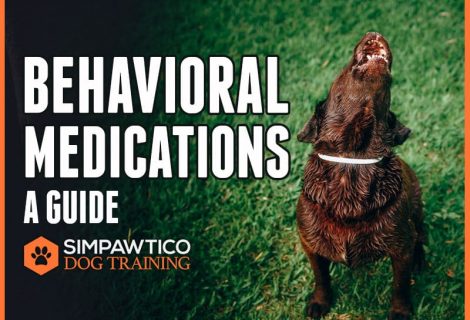






I absolutely love that you’ve made a post about this. This is a topic I have been discussing for over 10 years. While I truly believe that, at the time that the gentle leader and other head halters came into the market, they were a much better alternative to the highly adversive tools that were being used in the mainstream, the long term followed and potential issues such as the ones you’ve highlighted have not been well understood. I begin thinking about this when I noticed a pattern in my clients dogs who wore head halters. Every single one of them had an aversion to putting the halter on, even if conditioning had been done. It became clear that the discomfort and displeasure of wearing the halter was overshadowing the counter conditioning the clients were doing. And then became aggravated with the front attachment no-pull harness is that were available on the market. Aside from all of the information that started to come out about the physical issues these harnesses were causing, I found that they were confusing communication tool. They shifted from side to side the directional training was inconsistent, and owners seemed to be disconnected from the dog. In 2017 I began a mission to find a more effective and suitable humane handling harness. I learned a lot about what was available on the market, but never found anything that provided what I felt. My clients needed. Enter the JWalker dog harness. Even though I was not on a mission to start a new business or get into the manufacturing of dog products, after having a few prototypes made, and realizing the benefits, the product could offer to others, I felt inclined to carry on. Now, the JWalker dog harness is patented in Canada, and the US, is sold in dozens of independent retail locations, positive reinforcement-based training schools, and on Chewy, and Amazon. It is the ONLY, Patented No-Pull Side-Attachment Harness. And, while I still would prefer clients work with their dogs from puppyhood, to teach them how to navigate the world on a long line and slowly move into leash handling, this is a luxury, not all individuals have. The JWalker provides an alternative from head halter and front or back attachment harnesses.
I am curious about any resources you can share of studies that show a properly used halter can cause damage to a dog – or a medical opinion on it. I’ve read through the resources you’ve already provided and they don’t have that. I’m aware that it’s hard to get conclusive studies related to dogs, but I find it difficult to convince people of something without actual data. And without data, it’s just an opinion.
I’ve been looking for data on the negative effects of halters for years without success. I will add that I am biased towards them myself, as they were very helpful for me in the past. I don’t need them for either of my current dogs now, but they were a useful training tool, just like the collar and harness. I will say I also followed the “Dos” and “Do Nots” you’ve listed here. It may be helpful to include “Do Not use a halter on a long lead.”
Hi Irene. I provided these sources in the References section of this article. Here are articles by a veterinarion, Debbie Gross Toracca, who’s been vocal in behavioral circles about her opposition to halters:
And then here’s an article by Suzanne Clothier, who’s a titan in the behavioral community: https://suzanneclothier.com/article/problem-head-halters/
Please look over the other sources listed in the References section, especially Dr. Porges’ contributions with Polyvagal Theory.